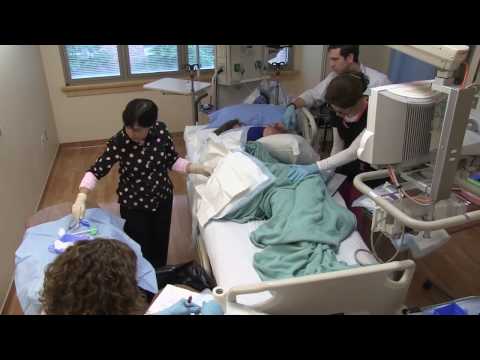Telomeres, specialized structures consisting of long DNA nucleotide repeats and a protein complex, are designed to protect the ends of chromosomes and are critical to chromosome stability. Each time a cell divides, the telomeres lose a small amount of DNA and become shorter. Eventually, telomeres become critically short, causing cellular senescence or cellular crisis, which result in apoptosis, genomic instability or a reduction in cellular lifespan. If cells bypass natural processes and continue to divide despite the presence of genomic instability, cancer can develop. DCEG investigators have been studying telomeres and their associations with cancer risk. Types of studies include
Dyskeratosis Congenita Study
DCEG studies of dyskeratosis congenita, an inherited bone marrow failure syndrome and cancer predisposition disorder characterized by abnormalities in telomere biology
Genetic Contribution to Telomere Biology
Studies of possible germline genetic variations in genes that code for proteins integral in telomere biology, which may be important in cancer etiology
For more information, contact Sharon Savage.
